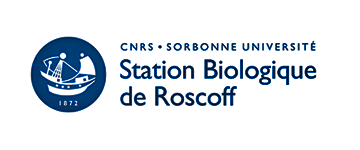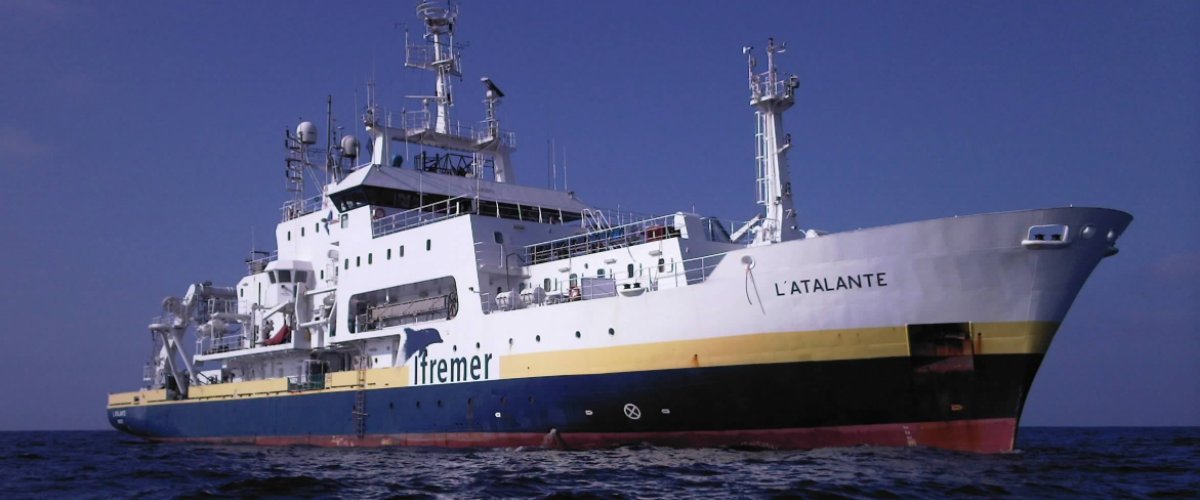Outcomes
Synechococcus as a model genus for studying adaptation of marine phytoplankton to environmental changes
Scientific, technic and economical outcomes
Many results from this project should be extendable to other ecosystems, since relatives of marine Synechococcus spp. are found in virtually all illuminated aquatic environments
SAMOSA has a high environmental relevance since it focuses on photosynthetic microorganisms which are both ubiquitous and abundant in the ocean, and therefore play a key ecological role in both biogeochemical cycles of major elements (in particular carbon) and marine food webs.
Results from this project will be useful to predict the behaviour of this important component of microbial communities in response to current and future environmental changes. Understanding these impacts clearly answers a societal claim, since general public and decision-makers are more and more aware of the importance of preserving ecosystems, including marine areas.
In addition, many results from this project should be extendable to other ecosystems, since relatives of marine Synechococcus spp. are found in virtually all illuminated aquatic environments including rivers, lakes, hotsprings, etc.
Other applications include a better appraisal of the ecosystemic services potentially offered by these marine cyanobacteria, and hence will be useful for durable management (conservation) and valorization of marine ecosystems in which these microorganisms often constitute a significant and potentially exploitable component.
An originality of the SAMOSA project is that it will not be restricted to the study of stress response in one model strain in culture, but will assess the variability of responses/adaptation strategies among 5 different cyanobacterial strains corresponding to distinct ecotypes, known to be particularly abundant in the field.
Through the combination of genomic, genetic, biophysical and physiological techniques, SAMOSA will thus result in an exhaustive characterization of the physiology under standard and stress conditions of these 5 Synechococcus strains, which will therefore become new model strains, altogether forming a new 'model genus'. This will undoubtedly stimulate future research on these ecologically important marine organisms.
Studies planned in the SAMOSA project should also bring many new insights to the plant biology field. Indeed, cyanobacteria are the direct ancestors of plant plastids, with which they still share many characteristics.
Furthermore, the small genomes of Synechococcus spp. (2.5 Mbp in average) show very little gene redundancy, facilitating the study of the function of genes which are in multiple copies in more complex photosynthetic systems, such as vascular plants, in which they are often hard to fully inactivate.
For instance, we expect to find and characterize genes allowing adaptation to low or high temperature and this may have applications for the elaboration of transgenic crop plant genotypes with an altered growth temperature range.











